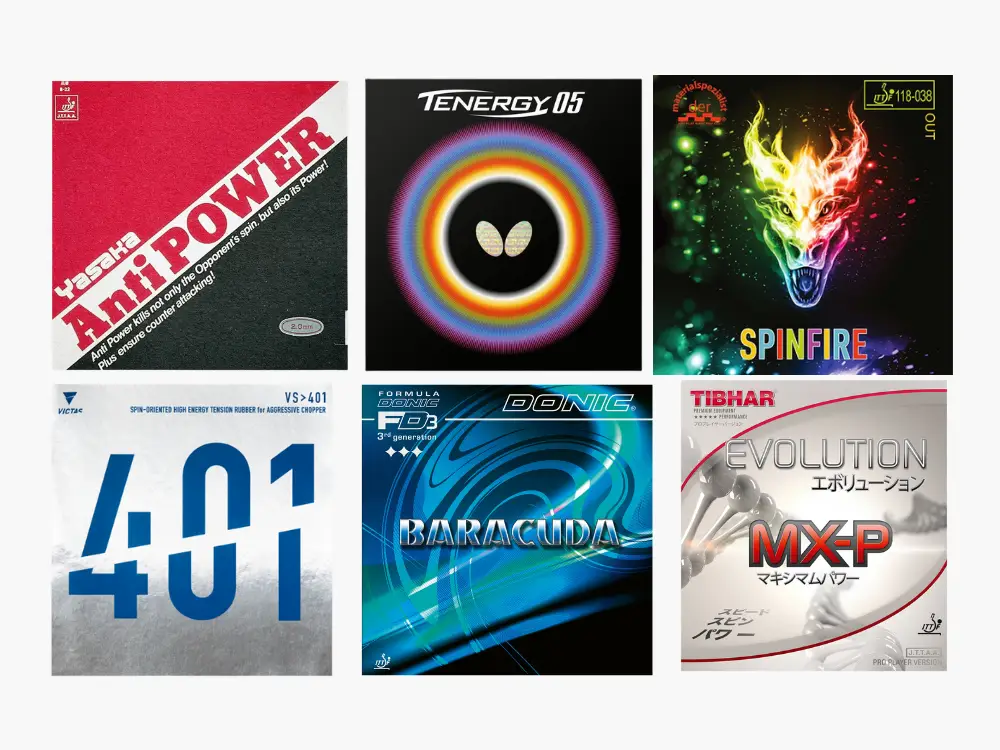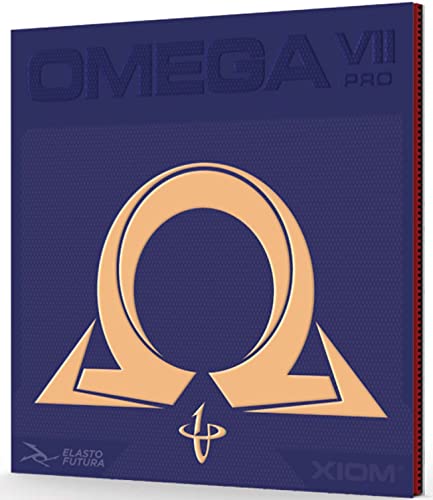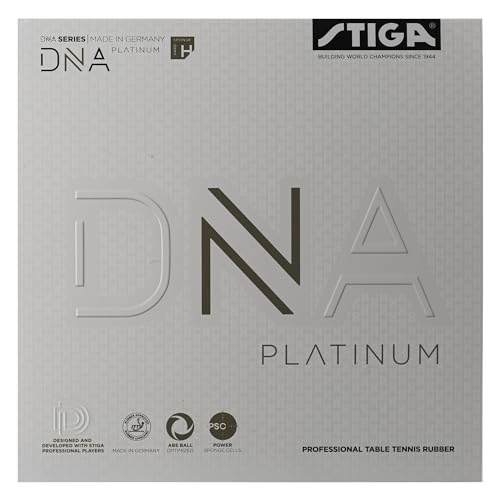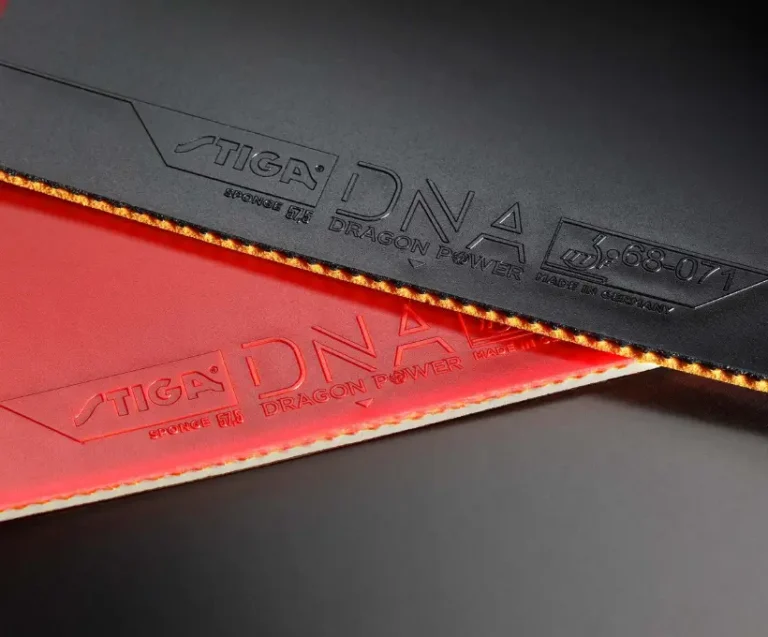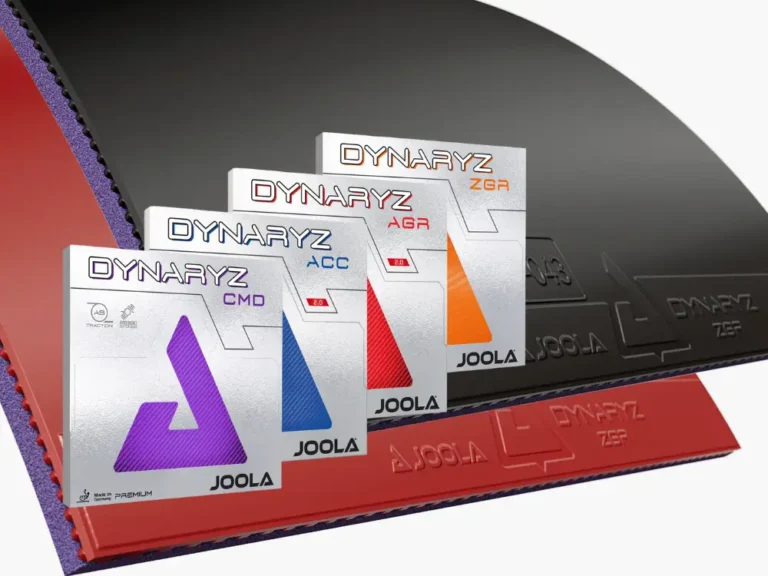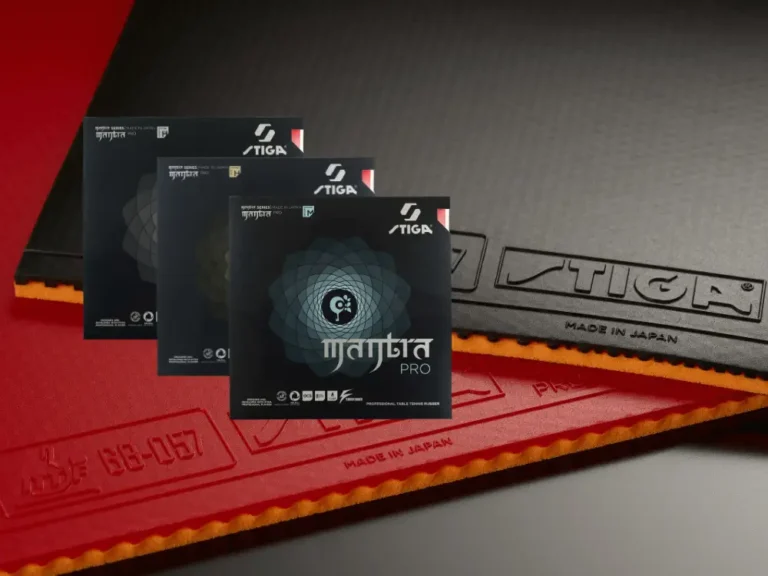Choosing the right table tennis rubber is one of the most important equipment decisions a player can make. Whether you’re a beginner learning basic strokes or a competitive athlete mastering high-level tactics, your rubber directly influences how much spin, speed, and control you can generate.
From aggressive loopers to strategic defenders, each playing style benefits from different rubber attributes. This guide helps players of all levels understand how to select the ideal rubber tailored to their technique, level, and goals.
“We may earn a small commission through affiliate links in this guide at no extra cost to you. These earnings help support the content on our site and allow us to provide more detailed resources and reviews for table tennis players like you”.
1. The 5 Key Factors in Rubber Selection
To make an informed choice, it helps to understand the technical attributes that define how a rubber plays:
- Speed – Measures how fast the ball rebounds off the rubber. A faster rubber gives you more power, ideal for aggressive attackers. Example: Butterfly Tenergy 64 offers high-speed performance for quick hitters.
- Spin – Reflects the rubber’s ability to grip the ball and generate spin. Essential for loopers and serve specialists. Example: DHS Hurricane 3 is known for its tackiness and extreme spin.
- Control – Indicates ease of shot placement and predictability under pressure. Higher control helps beginners and blockers. Example: Yasaka Mark V is famed for its balanced control.
- Sponge Hardness – Softer sponges offer more dwell time and feel, while harder sponges deliver more direct power and speed. Example: Andro Rasanter R53 (hard) vs. Andro Rasanter R37 (soft).
- Throw Angle / Arc – Describes the natural arc when looping. A higher throw angle helps clear the net on topspin shots. Example: Xiom Vega Europe has a medium-high throw for safe topspins.
2. Match Your Playing Style to Rubber Type
Your playing style is the single most important factor when choosing a table tennis rubber. Whether you’re a spin-oriented looper, a close-to-table hitter, or a strategic defender, the right rubber can amplify your strengths and support your technique. In this section, we’ll break down common playing styles and help you understand which rubber attributes; like spin, speed, hardness, and control, are best suited to each.
A. Offensive Loopers
Offensive loopers thrive on generating heavy topspin and maintaining pressure through powerful, spinny shots. They typically play from mid-distance or further and need rubbers with excellent grip, medium to high throw angle, and strong spin generation. A rubber with a medium-hard sponge and good dwell time helps them loop confidently against topspin and backspin.
Examples: Butterfly Dignics 09C, Xiom Omega 7 Pro, Stiga DNA Platinum H.
B. Power Hitters / Drive Attackers
Power hitters and drive attackers rely on quick, direct shots rather than spin-heavy loops. They play close to the table and focus on flat hits, fast counters, and finishing points quickly. These players benefit from rubbers with low to medium throw angle, high speed, and a responsive, harder sponge that rewards aggressive contact.
Examples: Yasaka Rakza 9, Tibhar Evolution MX-P, Butterfly Tenergy 64.
C. All-round / Balanced Players
Balanced players like to keep their options open, combining attack and defense depending on the situation. Their game includes looping, blocking, pushing, and controlled drives. Rubbers suited for this style offer a balance of speed, spin, and control, typically featuring a medium sponge and a moderate throw angle. This versatility makes them ideal for developing or strategic players.
Examples: Yasaka Mark V, Xiom Vega Europe, Donic Baracuda.
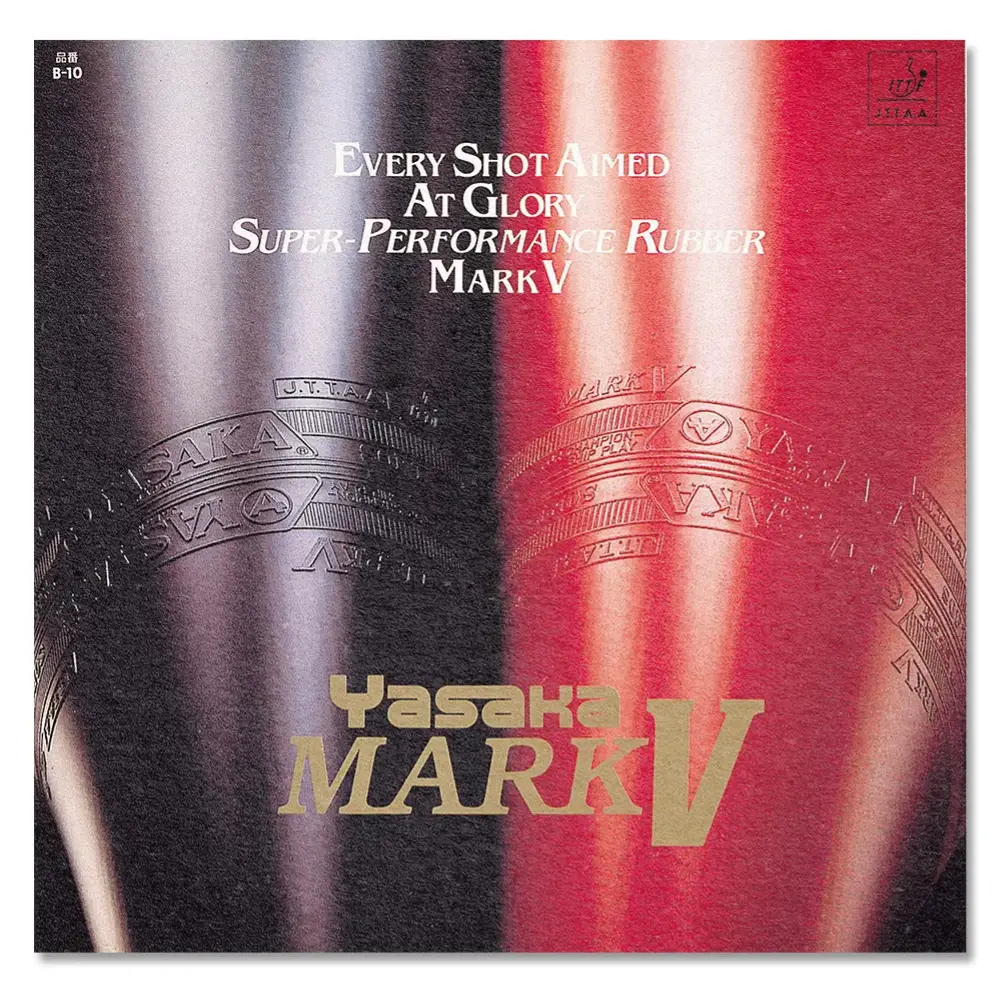
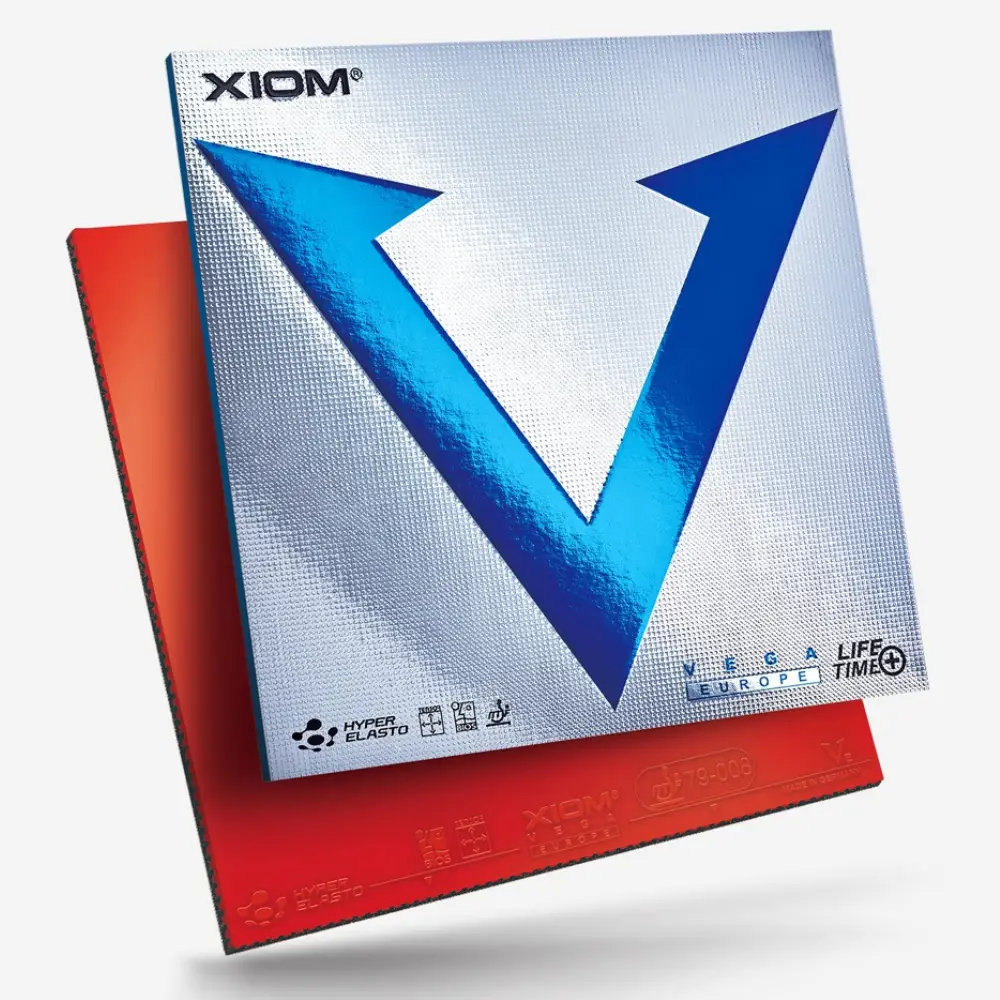
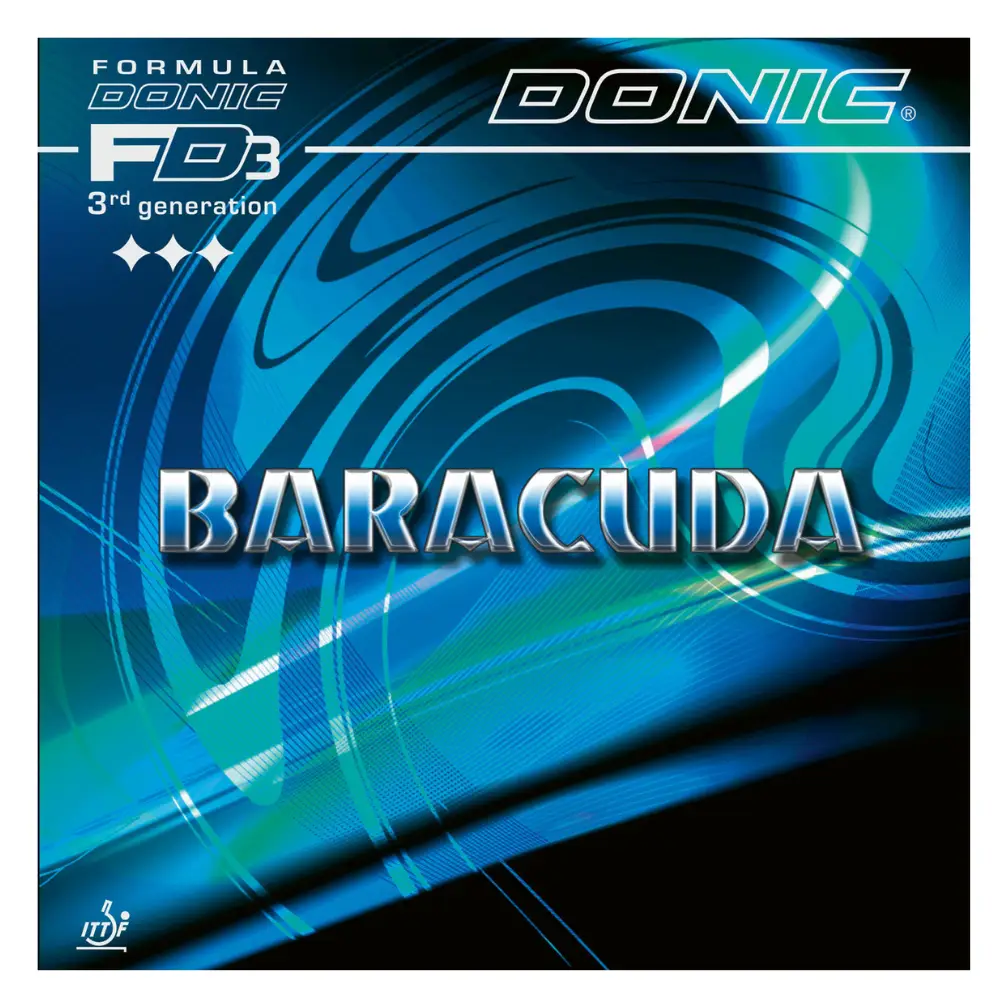
D. Blockers / Close-to-Table Control
These players specialize in neutralizing opponents’ attacks through timing, precision, and consistency. Staying close to the table, they use compact strokes and require rubbers with high control, soft to medium sponge, and lower spin sensitivity. A low to medium throw angle aids in quick resets and redirects.
Examples: Butterfly Sriver FX, Butterfly Roundell Soft, Andro Good!.
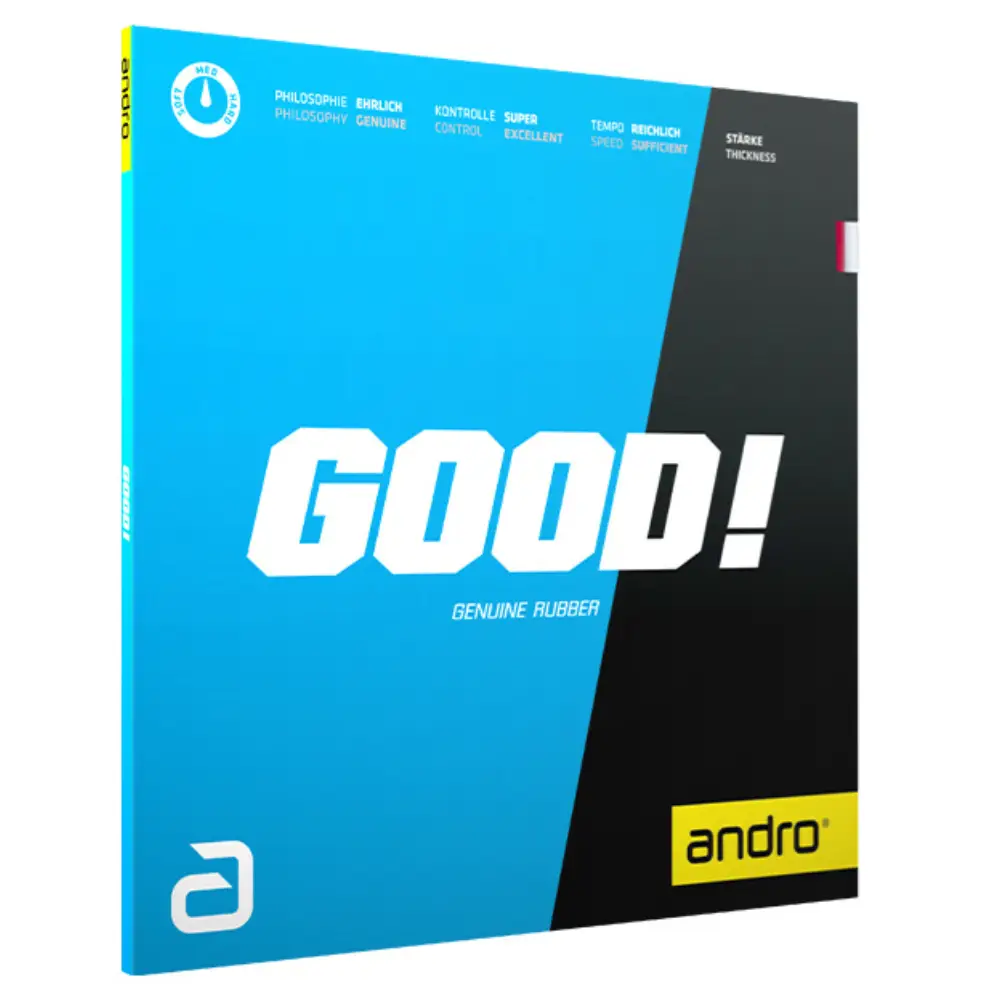
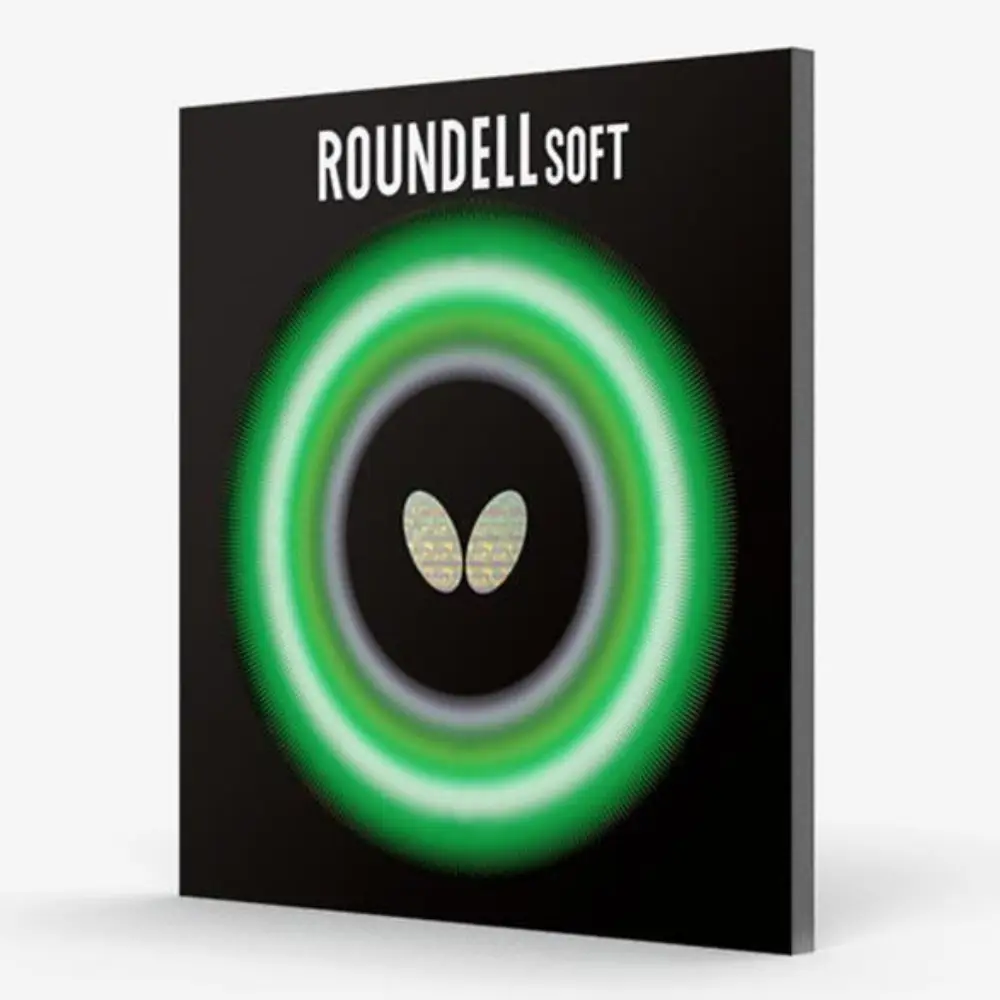
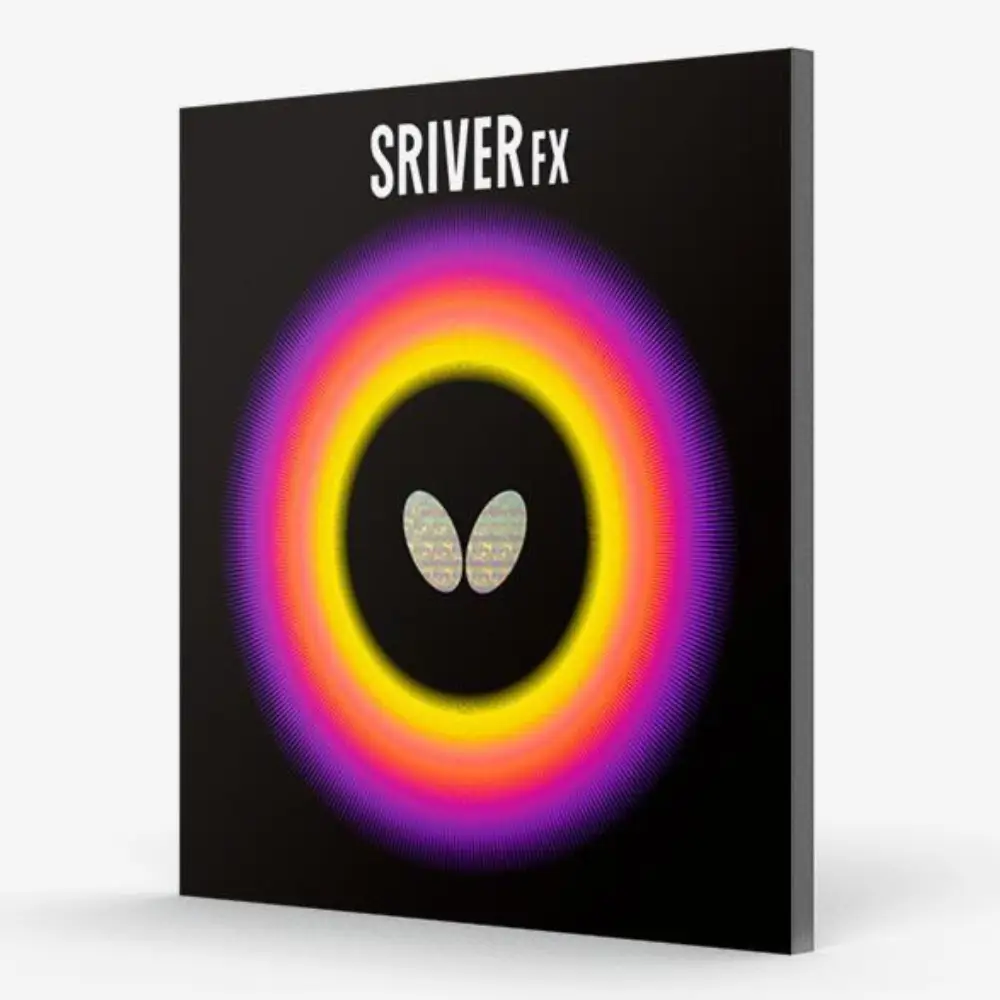
E. Defenders / Choppers
Defensive players and choppers aim to control rallies with heavy backspin and deceptive returns. Often playing far from the table, they rely on rubbers that prioritize control, consistency, and spin reversal. Long pips or anti-spin rubbers on the backhand help disrupt rhythm, while a slightly tacky or controlled rubber on the forehand enables occasional attacks.
Examples: Butterfly Feint Long III (long pips), Sauer & Tröger Secret Flow Chop, Victas VS>401.
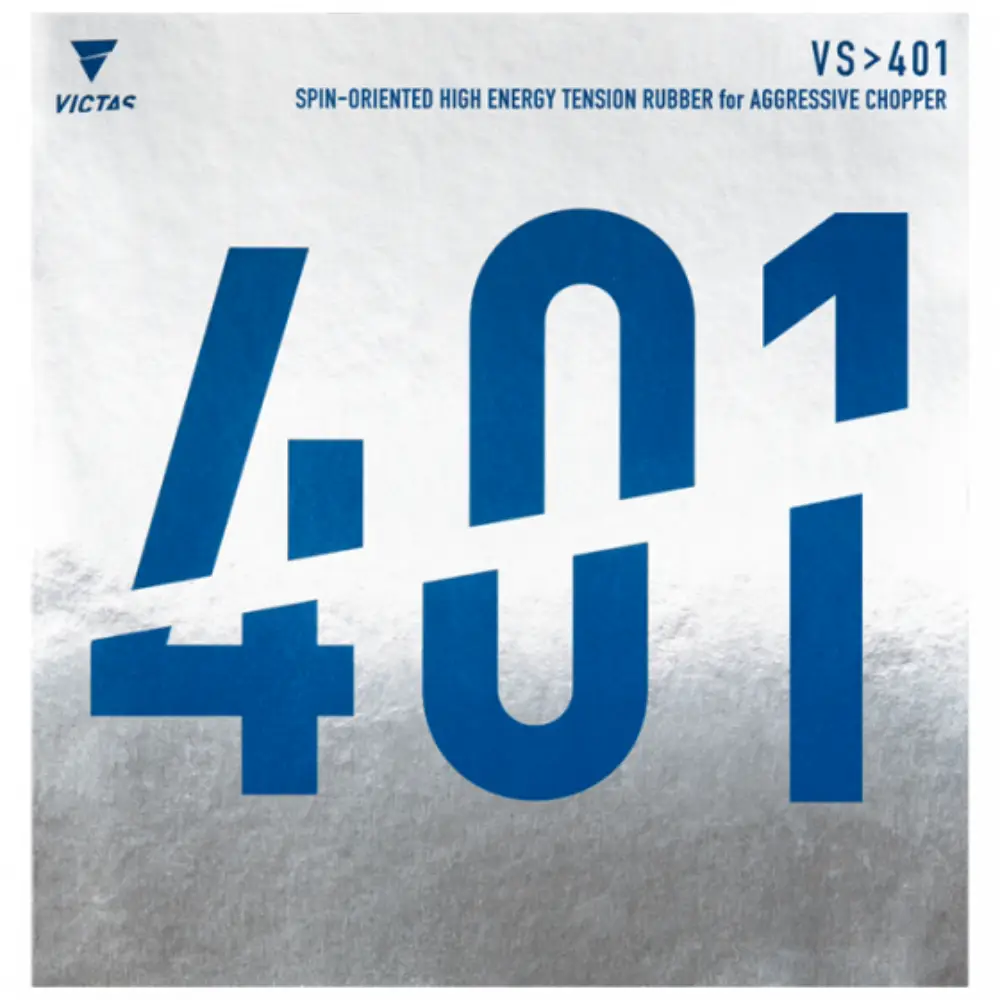

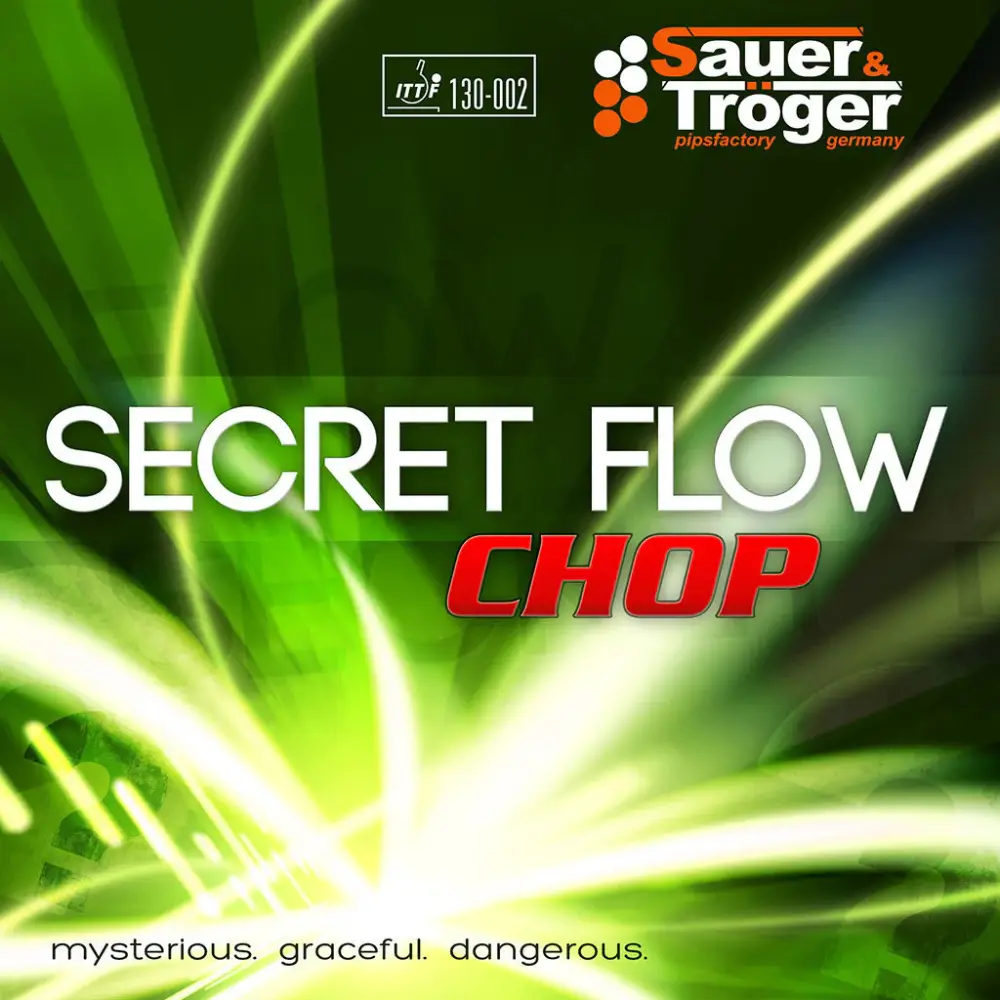
3. Types of Rubber by Surface Structure
A. Inverted / Pimple-In
Inverted rubbers, also known as pimple-in rubbers, feature a smooth topsheet with the pips facing inward. This is the most popular rubber type and is ideal for players who rely on spin and control, especially loopers and all-round attackers. The grippy surface allows for heavy topspin and spin variation, making it versatile across all levels.
Examples: Butterfly Tenergy series, Donic Acuda Series.
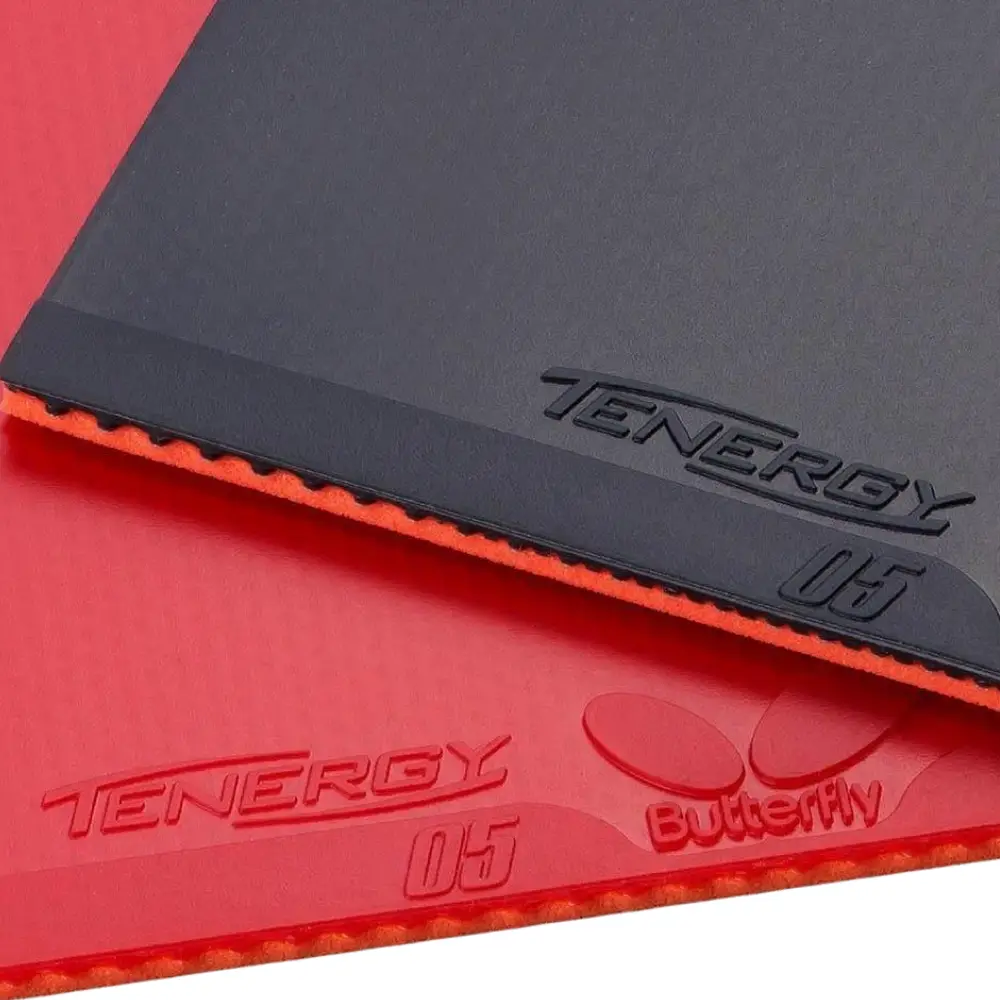
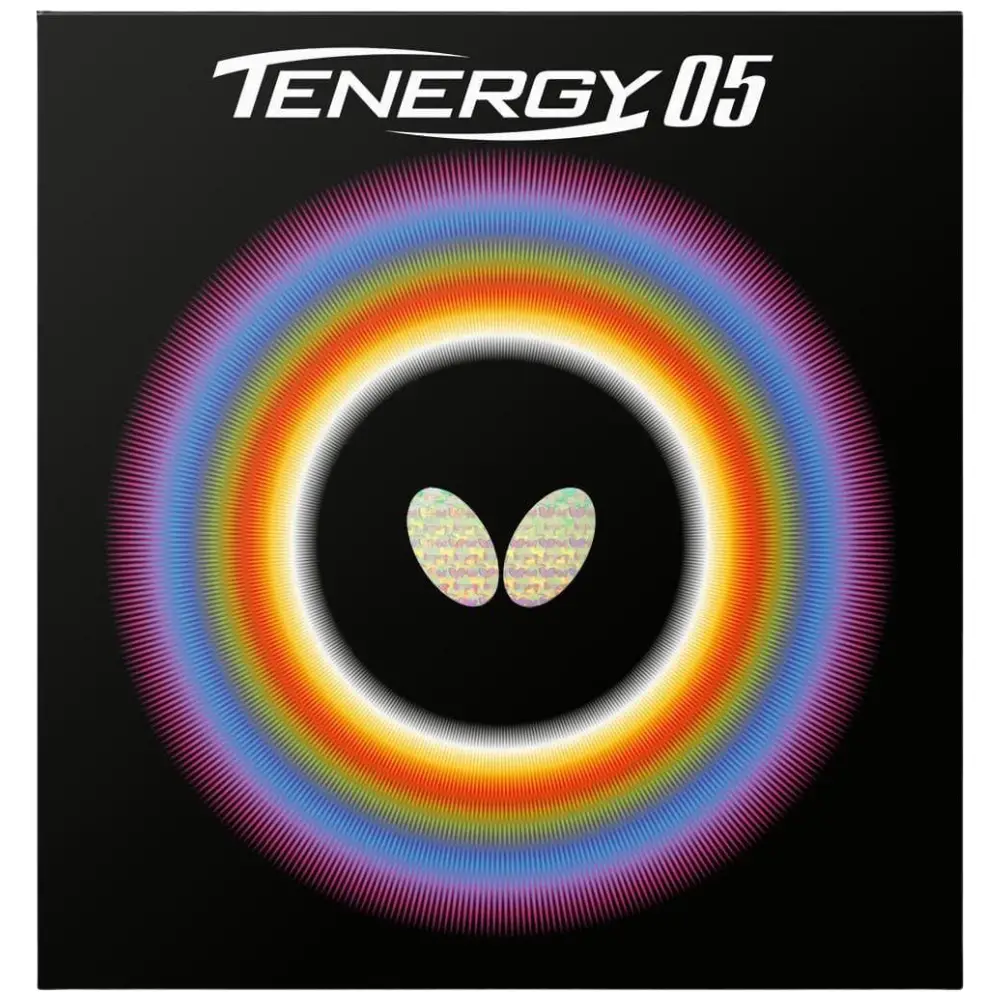
B. Short Pips-Out
Short pips have small outward-facing pimples that reduce dwell time and spin sensitivity, resulting in a faster and flatter ball trajectory. These rubbers are ideal for hitters and close-to-table blockers who prioritize speed and direct contact over spin. They are especially useful for quick counters and fast-paced rallies.
Examples: Der-Materialspezialist Spinfire, Yasaka Rakza PO.
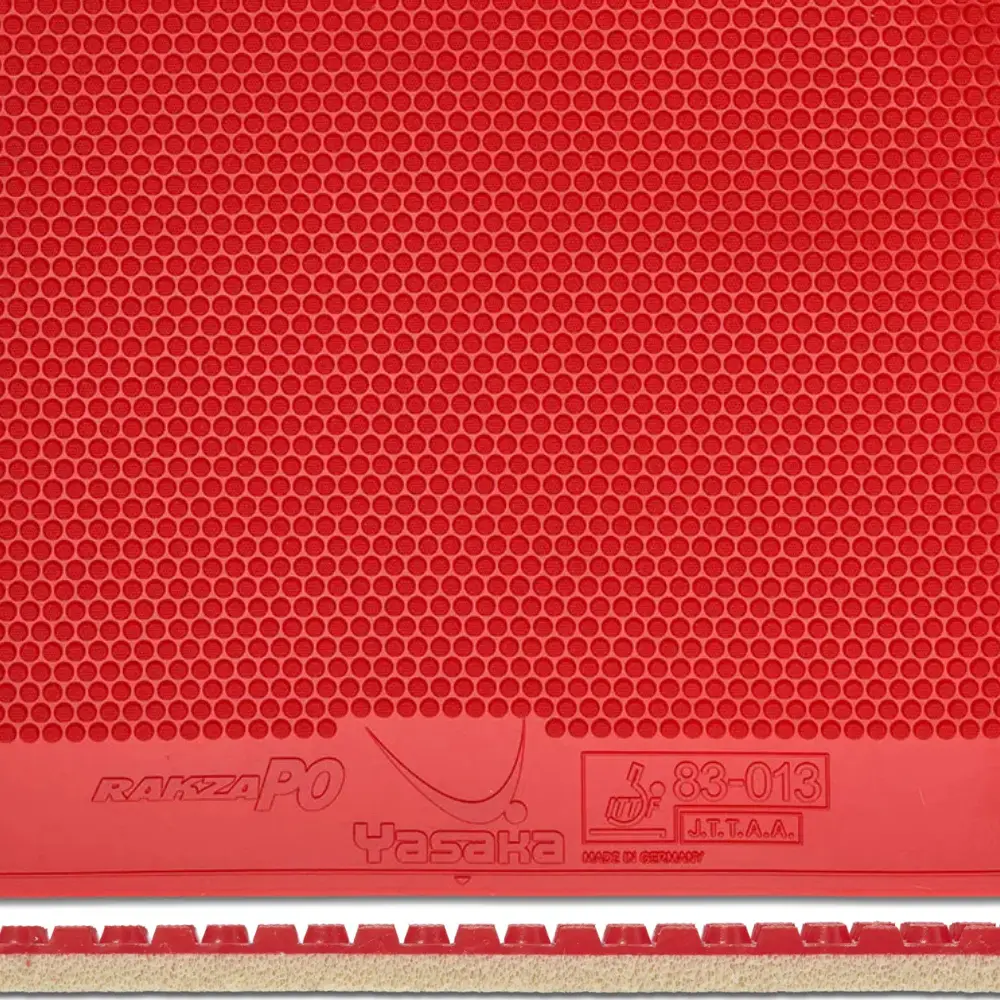
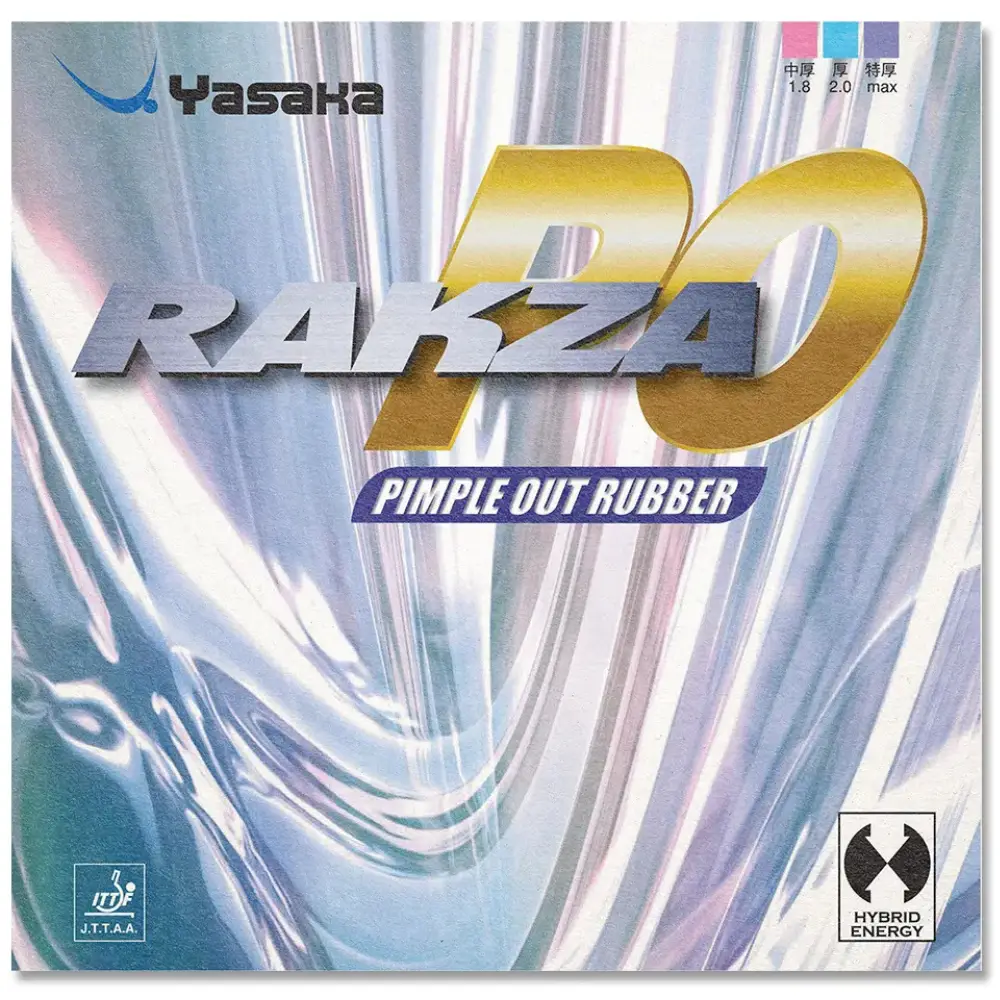
C. Medium / Half Long Pimple
Medium pips strike a balance between the control of short pips and the disruption of long pips. They produce unpredictable ball behavior while retaining some offensive capability. Medium pips are well-suited for hybrid players who block, hit, and occasionally vary speed and spin to unsettle opponents.
Examples: Kokutaku 110, Dr. Neubauer Aggressor Series, Der-Materialspezialist Hellcat.
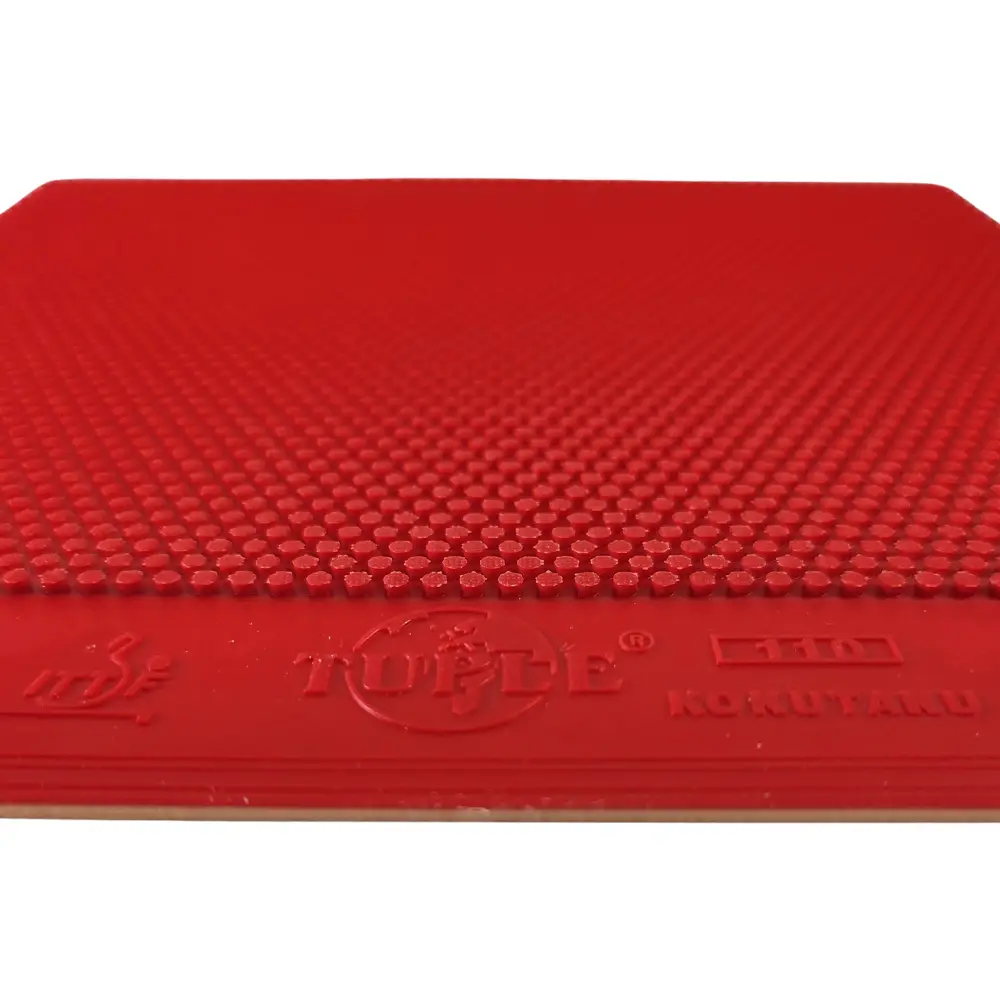
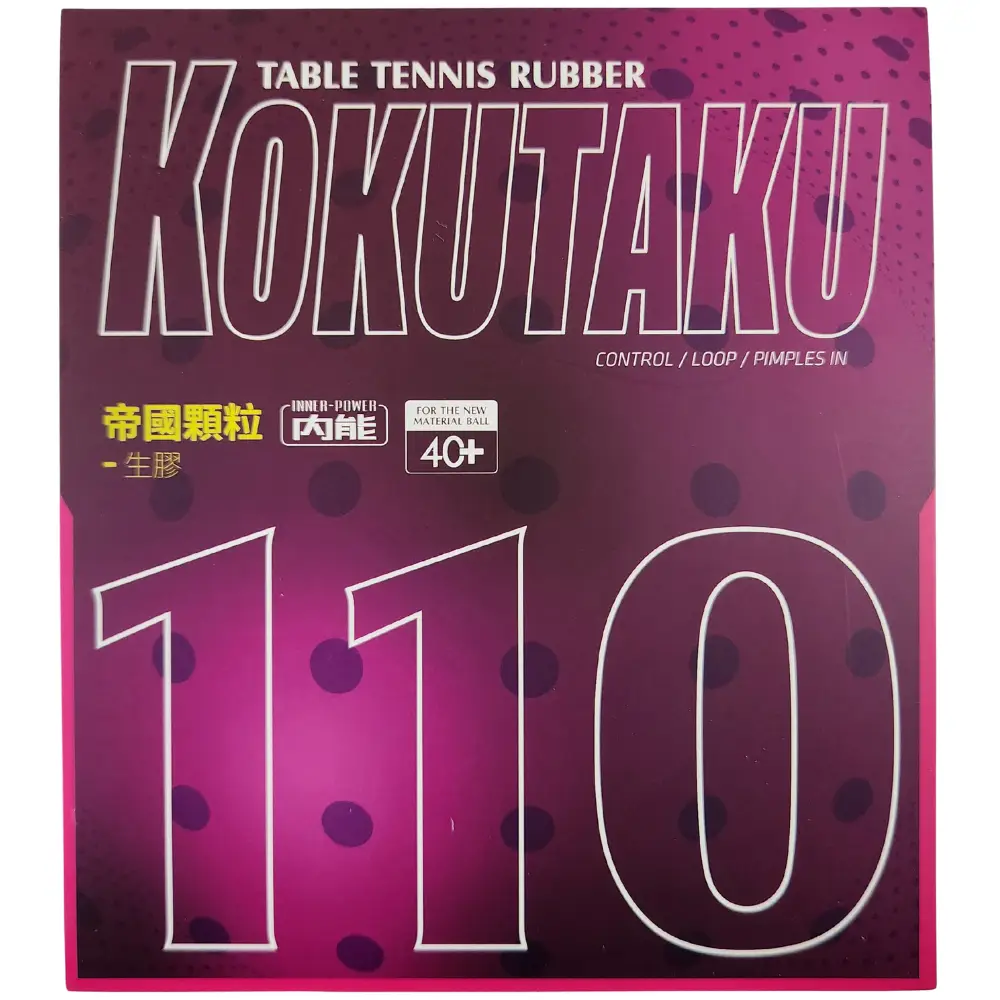
D. Long Pips-Out
Long pips have extended pimple structures that cause the ball to react unpredictably and can reverse spin effectively. These rubbers are favored by defensive players who chop or block to create confusion and disrupt rhythm. Long pips are used mainly on the backhand side for their spin-reversing effects and passive control.
Examples: Yasaka Phantom 0012, Dr. Neubauer Trouble Maker
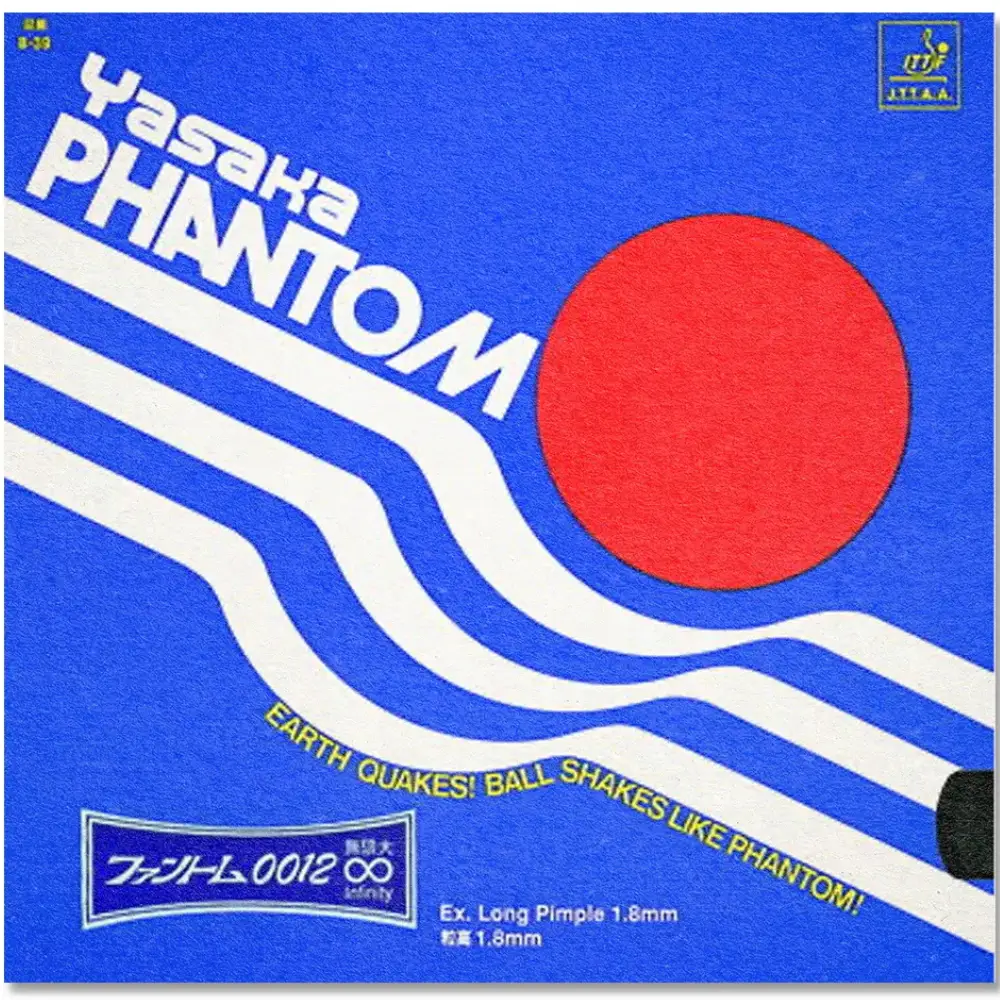
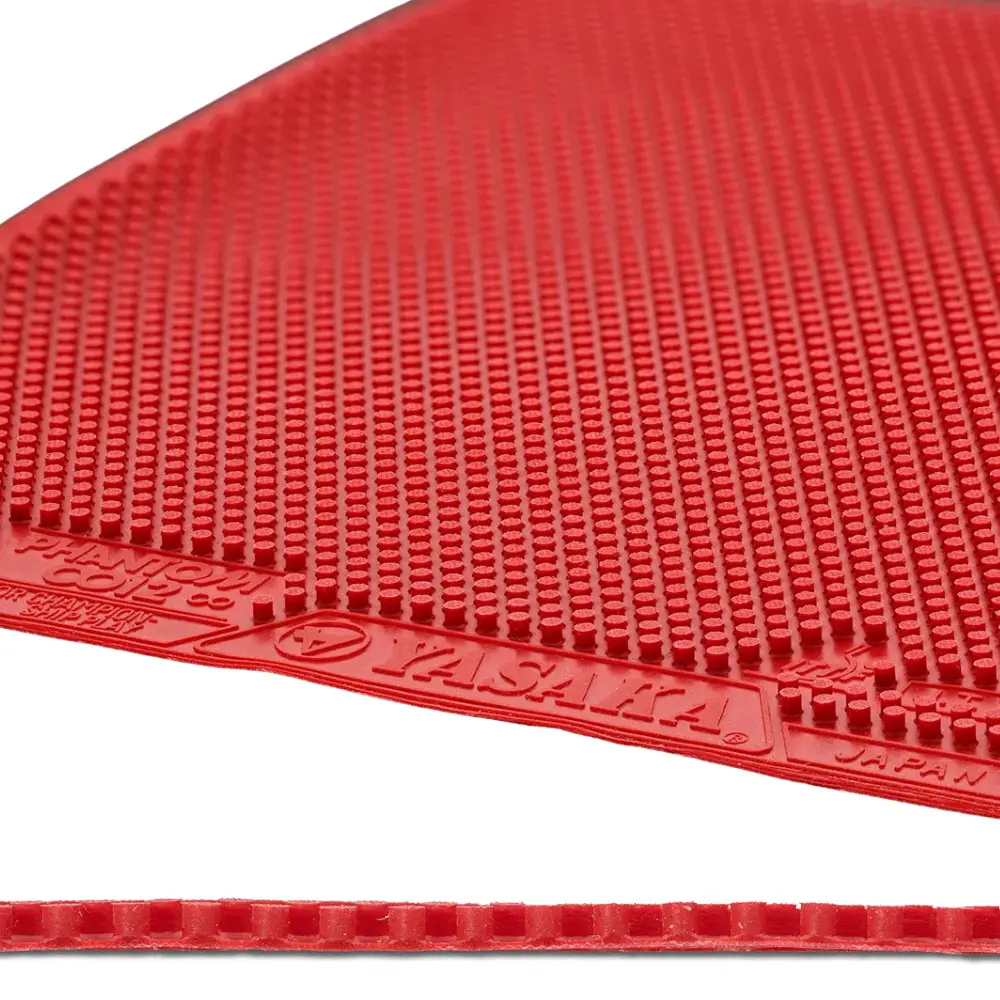
E. Anti-Spin
Anti-spin rubbers have a smooth, low-friction surface that neutralizes incoming spin. They generate minimal spin themselves but excel at controlling and returning difficult serves and loops with ease. Anti-spin rubbers are excellent tools for passive blockers and players who rely on variation and placement.
Examples: Butterfly Super Anti, Yasaka Anti Power.
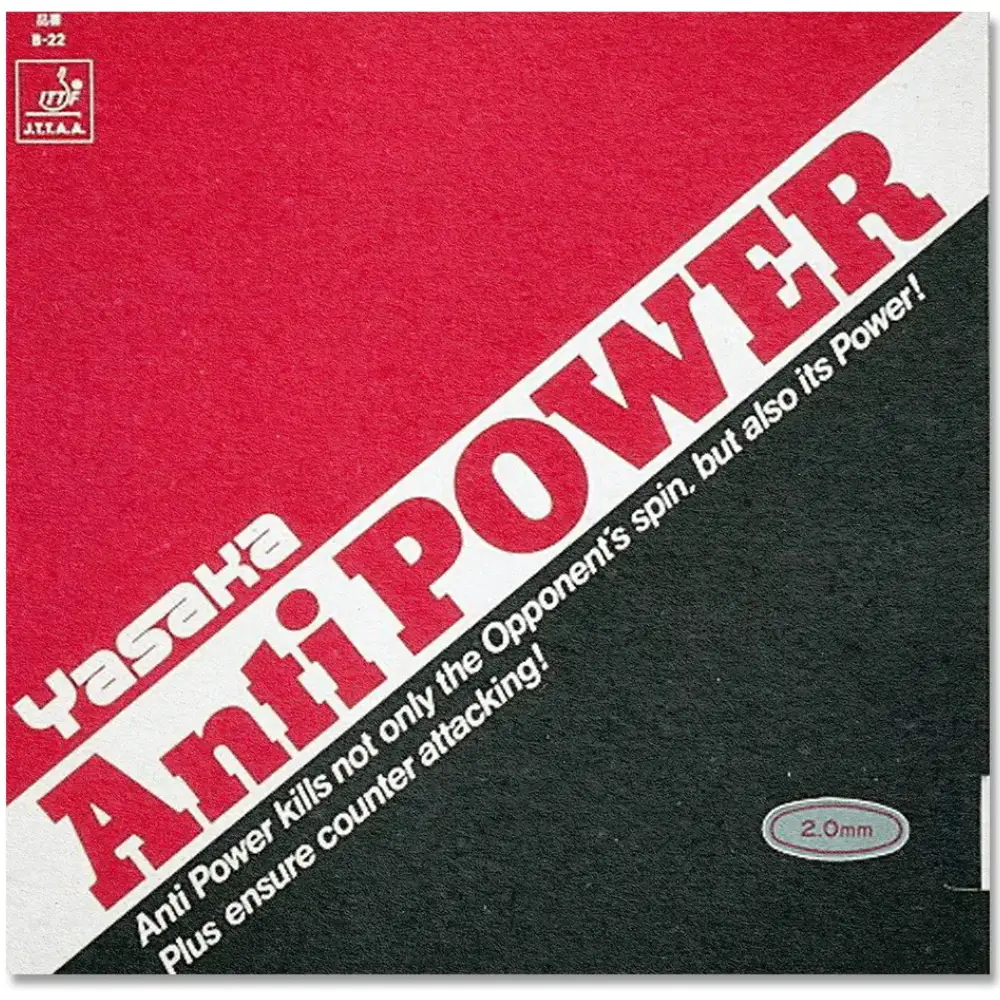
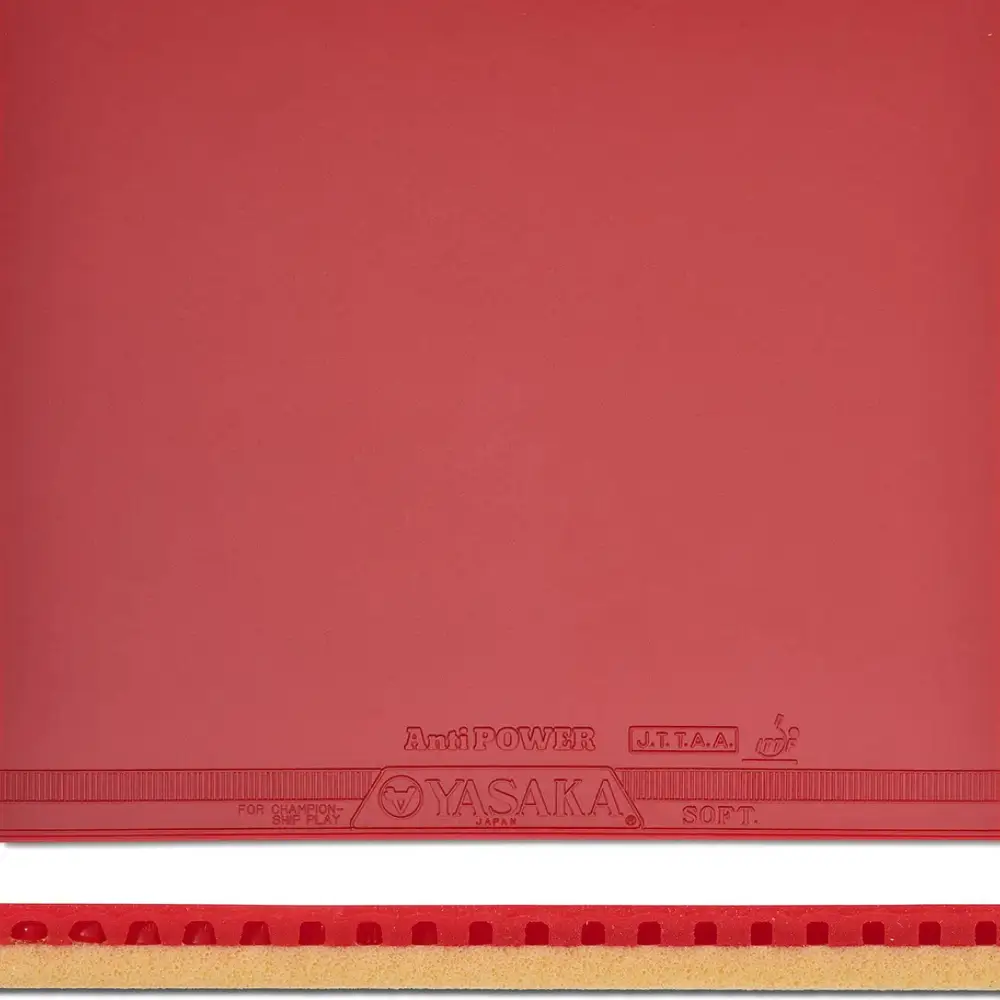
4. Sponge Thickness – Does It Matter?
Yes. Sponge thickness has a direct effect on speed, spin, and control:
- Max / 2.1mm+ – Maximum speed and spin, less control. Ideal for attackers.
- 1.7–2.0mm – Balanced performance. Good for all-round and intermediate players.
- 1.3–1.6mm – Prioritizes control. Used by blockers and precision-based players.
- <1.3mm / Defensive sponge – Maximum control and backspin, minimal speed.
- OX (No Sponge) – Common for long pips or medium pips. Slower, more disruptive. Suited for classic close-to-the-table defenders.
5. Matching Rubber to Blade – Why It Matters
The interaction between the blade and rubber has a significant influence on your overall feel and performance. A rubber’s speed, spin, and control will change depending on the blade’s construction, stiffness, and material. Choosing the right pairing helps you maximize your strengths and minimize your weaknesses.
- Soft rubber + stiff blade = More stability and passive control. Ideal for beginners and all-round players who prioritize touch and consistency over raw power.
- Hard rubber + flexible blade = Enhanced spin generation with longer dwell time. Great for loopers and advanced topspin players looking to maximize rotation.
- Fast rubber + fast blade = Produce High-speed output and maximum explosiveness, but require precise control. Suitable for advanced players with refined technique and quick reflexes.
- Soft rubber + soft blade = Very high dwell time, good for spin and feel, but may lack punch. Suitable for choppers or players who emphasize control and variation.
- Hard rubber + stiff blade = Direct feel and explosive power. Can be ideal for flat hitters and close-to-table attackers who need fast response.
Tip: Beginners should avoid pairing very fast rubbers with stiff blades. Instead, balance rubber characteristics with your blade for best performance and easier development.
Conclusion
“Choosing the right table tennis rubber is about more than brand reputation or popularity; it’s about selecting the perfect match for your unique playing style, level, and tactical needs”.
Thank you for reading this guide. Hopefully, it has brought clarity to the complex world of table tennis rubbers. Whether you’re new to the game or refining your setup for competition, we hope this article has helped you better understand what rubber characteristics best support your playing style.
Looking to explore further? Visit our product reviews page where we break down the top-rated rubbers across styles, brands, and budgets to help you find your next upgrade.

